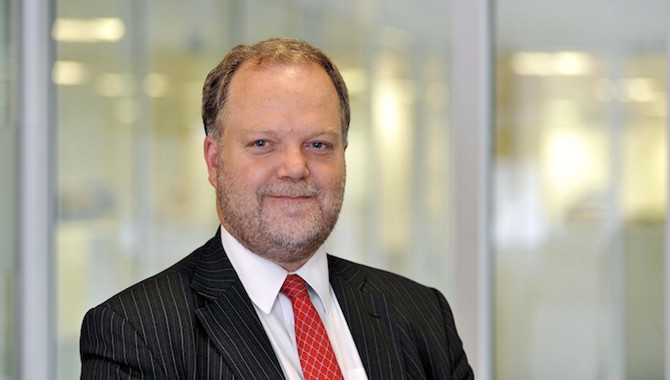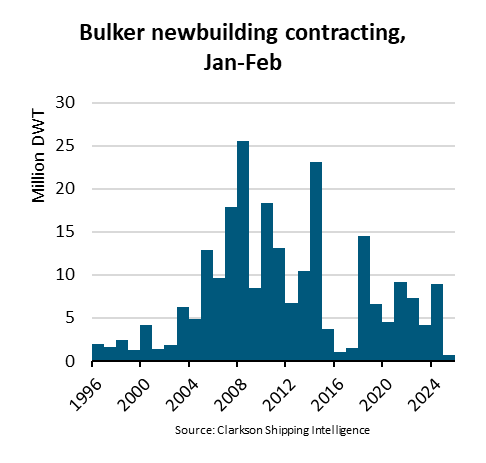
Asian shipping is expressing more confidence in the new year than its global counterparts, according to the latest Confidence Survey issued by international accountant and shipping advisor Moore Stevens.
While confidence levels overall fell to 6 out of a maximum score of 10, Asian shipping concerns maintained a 6.3 level compared to the previous survey in August 2018. The latest survey shows that confidence levels have yet to match the 6.8 recorded in May 2008 in the inaugural survey.
The survey also found that Asian shipping is more likely to make a major investment (6.2) in 2019, compare with their European counterparts (5.2).
The number of respondents who expected finance costs to increase over the coming year was up from 59% to 67%. The figure for owners was up from 70% to 71%, while the figures for charterers and managers were up from 50% to 80%, and from 45% to 63% respectively. The rating for brokers was unchanged at 71%.
The number of respondents expecting higher freight rates over the next 12 months in the tanker market was up by seven percentage points on the previous survey to 60%, while those expecting lower rates was up from 9% to 12%. In the dry bulk sector, expectations of rate increases were unchanged at 38%, accompanied by a four percentage point increase to 15% in the numbers anticipating lower rates. The numbers expecting higher container ship rates, meanwhile, fell by one percentage point to 25%, compared with 24% anticipating lower rates. Net freight rate sentiment in the tanker sector was +48, in dry bulk +23, and container ships +1.
In a stand-alone question, 24% of respondents said they expected the price differential between high-sulphur fuel oil and IMO-compliant low-sulphur fuel oil at 1 January 2020 to be between $250 and $324 per metric tonne. 23% put the figure at between $175 and $249, while 18% estimated it at between $325 and $399. 12% thought the cost differential would be between $100 and $174.
Richard Greiner, Moore Stephens Partner, Shipping & Transport, says: “It is disappointing to close the year with a small downward tick in confidence. But shipping is nothing if not volatile, and there will always be ups and downs. We should not forget, either, that it was in 2018 that confidence reached a four-year high.
“It is encouraging to see that the appetite for new investment was not deterred by the drop in confidence. New investment is something that will clearly be needed moving forward, not least to fund expenditure on the technology necessary to achieve compliance with existing and evolving regulatory requirements, and this against a backdrop of rising finance costs over the coming year.
“It is noteworthy that almost a quarter of our survey respondents thought the price differential between high-sulphur fuel and IMO-compliant low-sulphur fuel come 1 January 2020 would be between $30 and $100 per metric tonne more than it is at present.
“Increased costs are inevitable. Increased earnings are essential.”

 Ningbo Containerized Freight Index Weekly Commentar
Ningbo Containerized Freight Index Weekly Commentar  Ningbo Containerized Freight Index Weekly Commentar
Ningbo Containerized Freight Index Weekly Commentar  Ningbo Containerized Freight Index Weekly Commentar
Ningbo Containerized Freight Index Weekly Commentar  BIMCO Shipping Number of the Week: Bulker newbuildi
BIMCO Shipping Number of the Week: Bulker newbuildi  Ningbo Containerized Freight Index Weekly Commentar
Ningbo Containerized Freight Index Weekly Commentar  Ningbo Containerized Freight Index Weekly Commentar
Ningbo Containerized Freight Index Weekly Commentar